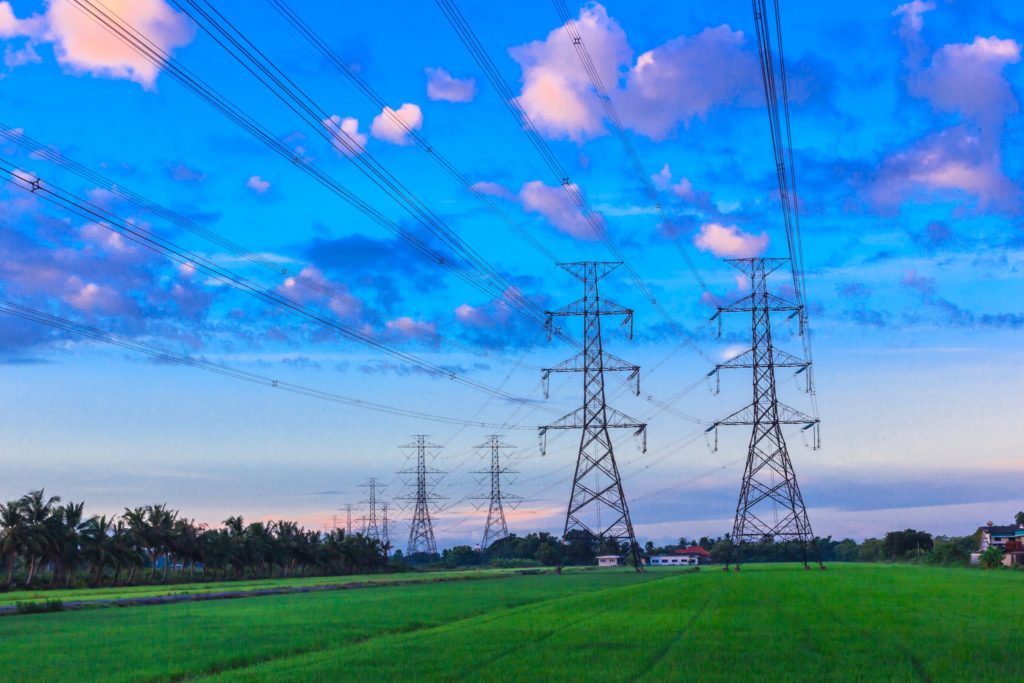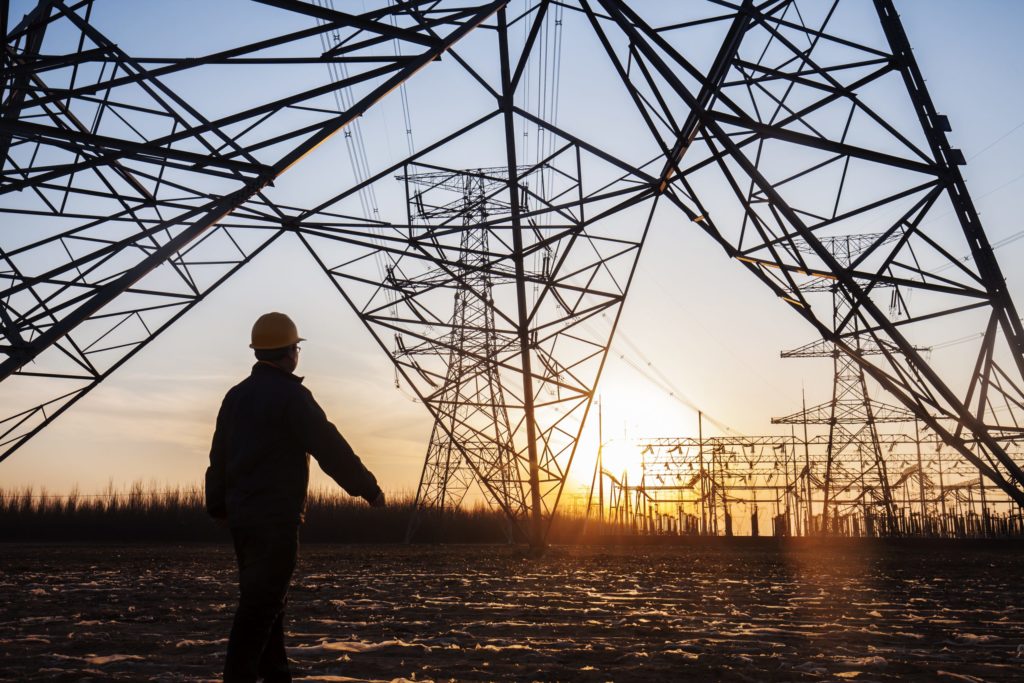Low-Energy Fridays: What is “Chevron Deference”?
The Supreme Court of the United States (SCOTUS) recently made big news when they agreed to hear a case that could curb an important legal doctrine known as “Chevron Deference.” The doctrine is, contrary to the name, not a deference to industry but a deference to regulating agencies, and it has had enormous implications. Exploring these implications and why they matter is today’s topic.
Chevron Deference was established in 1984 as the result of a SCOTUS case Chevron v. Natural Resources Defense Council (NRDC). The issue at hand was the interpretation of how changes to the Clean Air Act (CAA) should be enforced—particularly how the term “source” should be defined. At the time, the Environmental Protection Agency (EPA) under President Ronald Reagan took the view that regulations on sources of emissions should be interpreted broadly, with a source defined as an entire facility. This was a big deal because factories, refineries and other sources of pollution could avoid triggering new regulations when making modifications if they could simultaneously reduce pollution in other areas of the facility so that net pollution was the same or lower after modification.
The NRDC challenged this view, asserting that the CAA’s requirement on new sources applied also to new equipment within existing facilities, even if net pollution declined. SCOTUS ultimately ruled against the NRDC but established a judicial doctrine (Chevron Deference) that how statutes should be interpreted—when Congress itself has not given guidance—is up to the regulators. The thinking was that the regulators, not industry or public interest groups or even the courts, were the ones tasked with interpreting the authority granted to them. Ironically, this was a big coup for conservatives at the time because it allowed President Reagan’s EPA more latitude, but, years later, Chevron Deference has become controversial.
Chevron Deference is huge for regulatory authority. If regulators are, by default, the ones tasked with interpreting statutes, they have more opportunity to implement the law in a manner that suits their regulatory actions. Chevron Deference has always been important, but it became especially critical during the Obama administration when regulatory actions went into overdrive. During President George W. Bush’s second term, his administration finalized $269.7 billion worth of regulation. During President Barack Obama’s first term, his administration finalized $498.5 billion of regulation, an 84 percent increase.
The problem with Chevron Deference is that if Congress remains silent, regulators can de facto impose rules that are shielded from judicial oversight. Justice Neil Gorsuch has scrutinized the doctrine, saying it gives regulators the power of all three branches. With West Virginia v. EPA signaling SCOTUS’ diminishing view of unchecked regulatory authority, it seems likely that Chevron Deference is on the chopping block.
Despite Chevron Deference’s importance in judicial matters though, not much may change if it ends. Ironically, fewer rules rely on it nowadays, and some speculate that this is because regulators know that depending too heavily on it is a sure signal that the merits of their policy are too weak to stand on their own. Regardless, though, ending it would be big. It would encourage Congress to step in and define the direction it gives to regulators and make regulations much easier to challenge in court.
A post-Chevron Deference world would be chaotic, but given that much of policymaking has shifted from Congress to unelected regulators, ending the doctrine could be good. The reason these issues are ultimately so important is because policymaking has become so reliant on bureaucrats rather than being the purview of elected officials who are accountable for their choices. If regulatory powers in the energy space do become a bigger legislative priority, we can certainly expect lively debates, but that is far from a bad thing. In fact, it will be the system working as designed.








